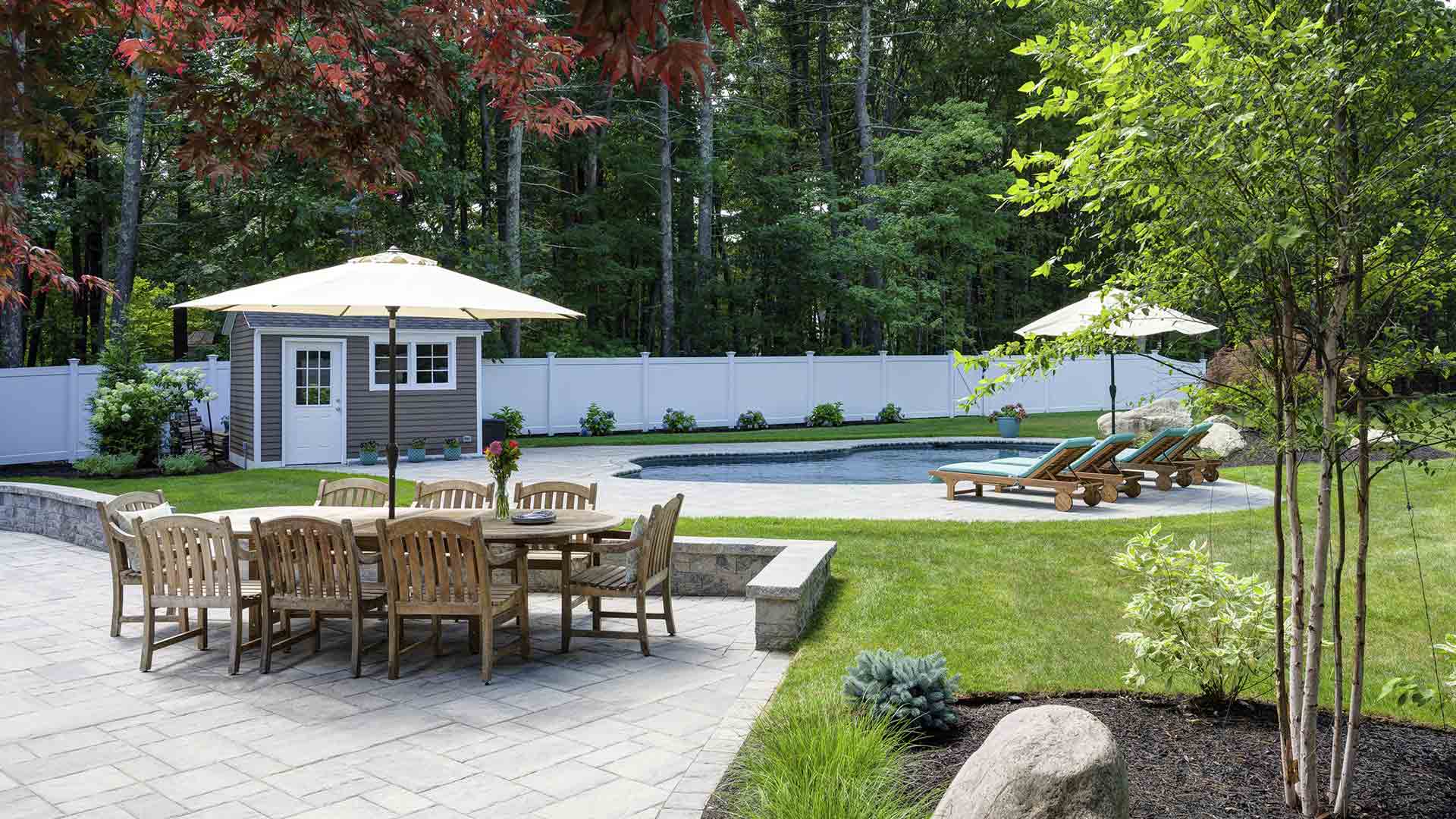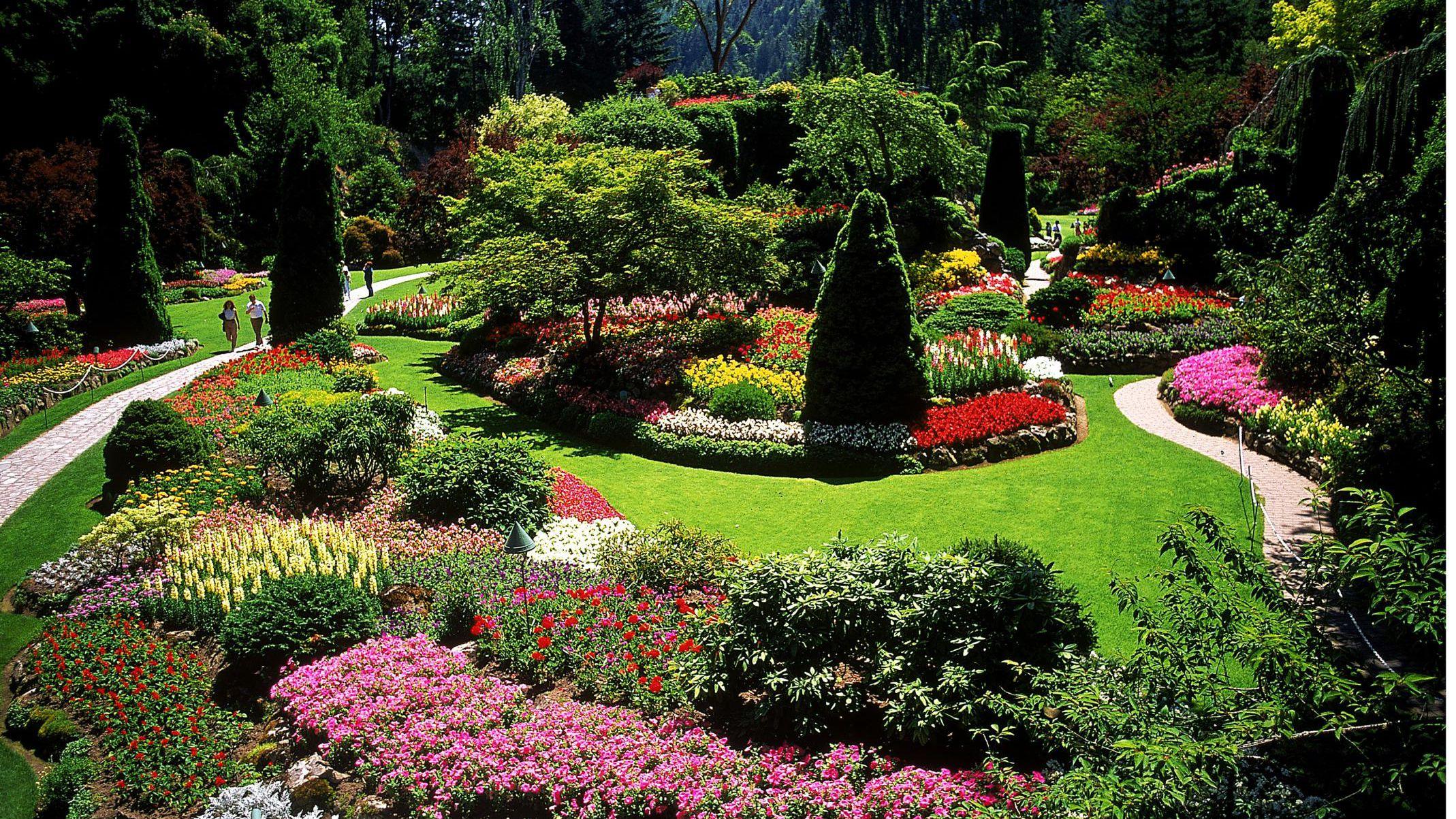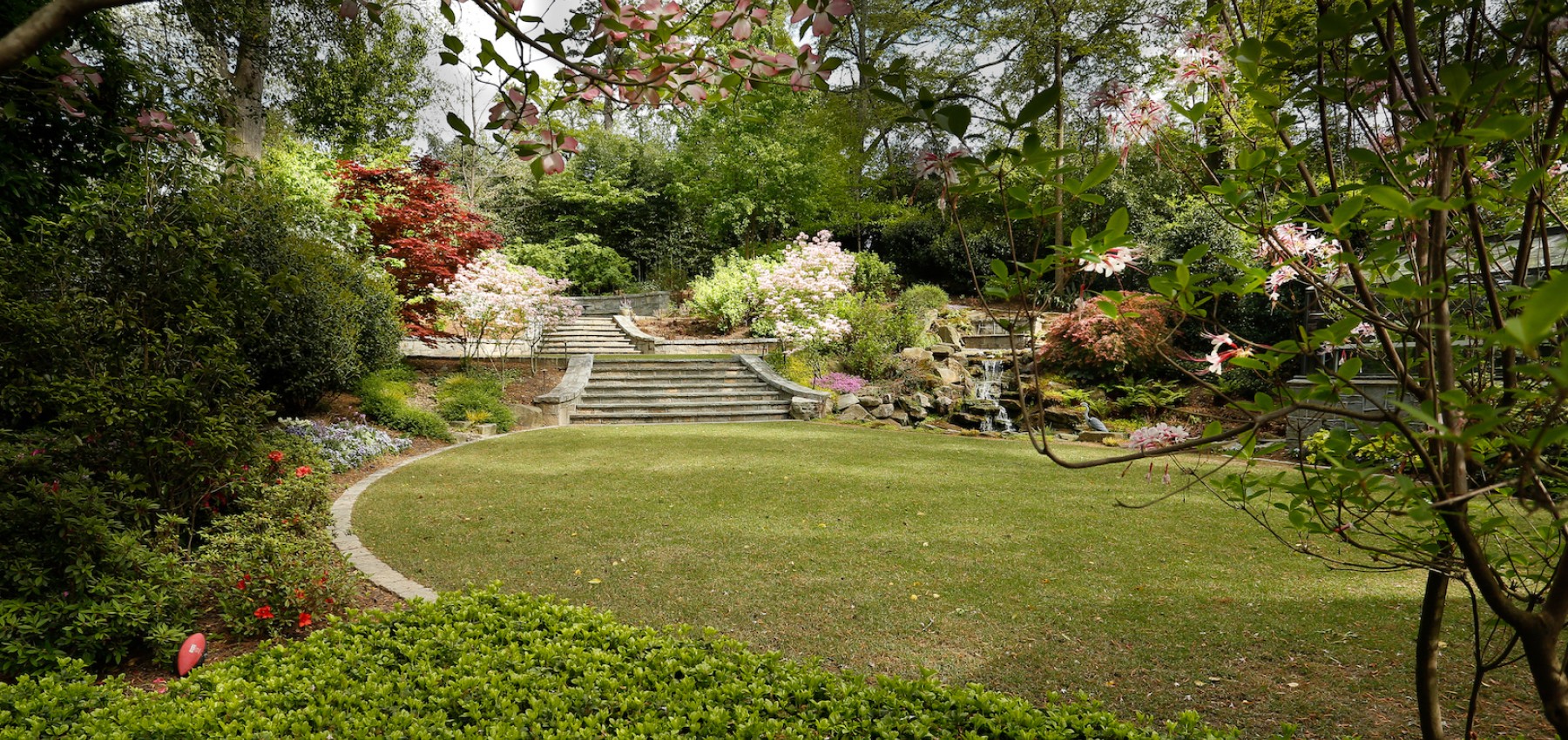Landscapers Fundamentals Explained
Table of ContentsThe 5-Minute Rule for LandscapersA Biased View of LandscapersThe smart Trick of Landscapers That Nobody is Talking AboutAn Unbiased View of LandscapersGetting The Landscapers To Work
- A tree or bush (shrub) that loses its fallen leaves in winter season. In the PNW there are semi-deciduous or semi-evergreen plants that may lose their leaves depending upon exactly how chilly the winter season is. Abelia and some hebe are examples. Landscapers. - A flat gathering space, made from wood or composite material (made to appear like wood), commonly surrounding or affixed to a framework.

- Granite that is weathered to the factor that it is a very fine accumulation. This is an all-natural process, and the outcome can be used for paths and patio areas. Decomposed granite is commonly referred to as DG. It is particularly useful in contemporary landscapes. - Trick landscape attributes being proposed in a landscape style plan.
The Landscapers Statements
These objectives guide the design procedure, not the developer's style or preferences. Typical design objectives in Rose city are reduced maintenance, drought forgiving, and pet pleasant. - Process for removing or thinning the dead lower degree of a mature lawn. Thatch is grass that has died and gathered listed below the eco-friendly blades.
Over time this layer can get really thick and make it hard for water, sunlight, and nutrients to get to sections of the turf.- The procedure of gathering and managing the circulation of water on a residential or commercial property. This can be made with grading, French drains, completely dry wells, permeable surface areas, sump pump, rain yards, and a lot more.
- A sluggish feeding watering system that utilizes versatile tubes and emitters to send an exact quantity of water to each plant. - The ability of a plant to make it through without much summer season water.
- A yard feature where water is represented by an aggregate stone product, normally a crushed rock or granite.- A rock or flagstone patio, path, or walkway developed without a concrete base.
Little Known Facts About Landscapers.
- A rock keeping or totally free standing wall surface constructed without the use of mortar. - An underground framework that collect water and allows it to reduce percolate into the dirt around it.
Landscape style that works with a sites' Full Article environment in both look and sustainability without adverse effects to the environment. Interrupting the landscape is a line of demarcation that develops visual rate of interest in the garden by separating one segment from an additional section. This can be visual or functional, keeping one component (such as pea gravel) from obtaining combined into an additional (like bark dust).
Areas can also sense of "enclosure" offered by trees, various other growings, fences, or screens. The landscape near the entry to a building. A tree, bush or creeping plant, educated to grow on a wall or fencing right into a specific pattern. Especially beneficial for fruit trees, making it simple to harvest the fruit and consisting of mess.
A plant that is foreign to the area where it will certainly be grown. Not all "exotics" are intrusive or hazardous, and several can be well acted or dry spell forgiving (Landscapers). A mass growing of brushes. Thicker bladed lawn lawn that spread through rhizomes.: The level of soil on your building prior to bark dirt or compost more is spread out.
The Of Landscapers

The function, factor, or action that a location is be landscaped for. Staircases work, as an example, to enable foot traffic up and down an incline. Space for growing plants for watching, eating, or physical task. A roofed structure utilized over an exterior event room. The sprouting of a seed, possibly describing a grass that is being expanded from seed.
Rock item, either rounded or fractured, that is relatively small- normally 1" or much less. Low plants that are allowed or motivated to spread out over an area. Can describe any kind of "hard" garden aspects consisting of statuary or rocks but many generally is utilized to describe courses, patios, and walls.: Height difference between the degree of water in a fish pond (or the degree of the pump if it sits outside the fish pond) and the top electrical outlet of water which impacts performance of the water more pump in gph (gallons per hour). Thick hedges or trees that form a fence, display, or border.

The 7-Minute Rule for Landscapers
Standard PNW landscapes are casual. A plant that spreads out more than preferred, or right into environments where it does damage.
Can consist of head placements and protection, pipe sizing, GPM specs, and products required to install this system. Licensed expert that makes landscapes, schooled in design and design as well as in gardening.
Landscape designers generally have much less education than Landscape Architects and are not certified. A completed landscape style, outlining all elements for the new landscape.
A water limited HDPE material used below ponds, streams and waterfalls in water functions. Making use of numerous plantings of the very same variety to fill in a location in the landscape.